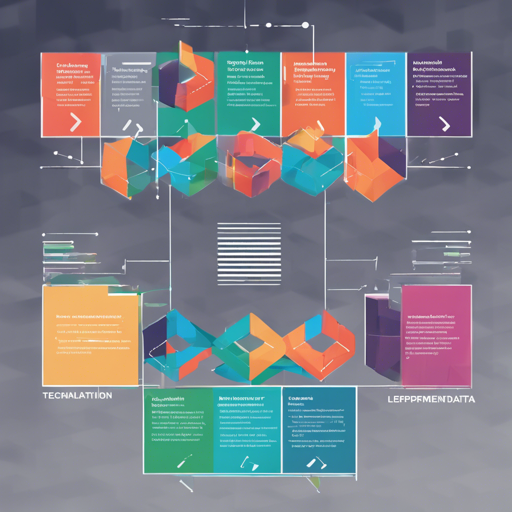The landscape of artificial intelligence is constantly evolving, but one concept that has taken center stage is the need to align large language models (LLMs) with human values and expectations. Enter **Reformatted Alignment** – a novel approach that enhances the quality of instruction data without extensive human annotation, thereby minimizing errors and expediting the process of scaling. In this article, we will guide you on how to implement Reformatted Alignment effectively while also drawing on some creative analogies to solidify your understanding.
Introduction to Reformatted Alignment
The Reformatted Alignment method aims to structure responses from LLMs in a way that resonates with human criteria, facilitating improved performance in tasks such as mathematical reasoning, factual accuracy, and overall readability. This approach cleverly intertwines human inputs with AI capabilities, orchestrating a collaborative effort to enhance instruction data.
Why Reformatted Alignment Matters
Imagine you are a chef trying to prepare a gourmet meal. You have all the fresh ingredients but your recipe is a jumbled mess. By simply organizing your recipe, you can create a exquisite dish with ease. Similarly, Reformatted Alignment refines instructional data, transforming it into a delectable format for LLMs.
Quick Start Guide
To get started, follow these steps carefully:
Setup
- Ensure you are using Python 3.10.
- It’s recommended to create a virtual environment using
conda. - Install the necessary libraries with the command:
pip install -r requirements.txtPipeline
Here’s a straightforward blueprint to set up **Reformatted Alignment**:
Step 1: Task Classification
This is where the magic begins, akin to a conductor directing an orchestra:
python
PROMPT_INPUT_FOR_TASK_CLS: str = "You will receive a user's query..."
Using the task classifier, your model will effectively deduce the query’s intent—like an orchestra playing in harmony, each section complements the other.
Step 2: Prepare Your Dataset
Format your dataset as shown below. Picture this as laying out the ingredients for our gourmet meal:
[
{ "id": 0, "items": [
{ "from": "human", "value": "Give three tips for staying healthy.", "category": "advice_giving" },
{ "from": "gpt", "value": "1. Eat a balanced diet...\n2. Exercise regularly...\n3. Get enough sleep..." }
]}
]
Step 3: Retrieval with Google Search
Set your API keys and run a retrieval script, like fetching the best herbs to enrich your dish:
export SERPER_API_KEY=...
python retrieval.py --input_data_path dataset.json --output_path dataset_retrieval.json --batch_size 10Step 4: Reformatting
The final transformative touch! Run a reformatting script to enhance your structured output:
export OPENAI_API_KEY=...
python reformat.py --input_data_path dataset_retrieval_clean_evidence.json --output_directory reformat_resultsStep 5: Post Filtering
Filter the reformatted dataset to get the final touch, akin to a chef tasting their creation before serving:
python rewrite_data_selection.py --input_original_data_path dataset_retrieval_clean_evidence.json --input_rewrite_data_path dataset_reformat.json --output_path realign_dataset.jsonTroubleshooting
- If you encounter issues with libraries, ensure you have the correct versions specified in
requirements.txt. - When running scripts, double-check your API keys and paths for accuracy.
- In case a dataset isn’t generated as expected, verify your input files for formatting errors.
- For more insights, updates, or to collaborate on AI development projects, stay connected with fxis.ai.
At fxis.ai, we believe that such advancements are crucial for the future of AI, as they enable more comprehensive and effective solutions. Our team is continually exploring new methodologies to push the envelope in artificial intelligence, ensuring that our clients benefit from the latest technological innovations.
Conclusion
With these steps, you can master Reformatted Alignment and enhance your language models’ responses. Like a well-prepared meal, your LLM outputs will be more palatable and aligned with human preferences. Transform your datasets today and witness the difference!

